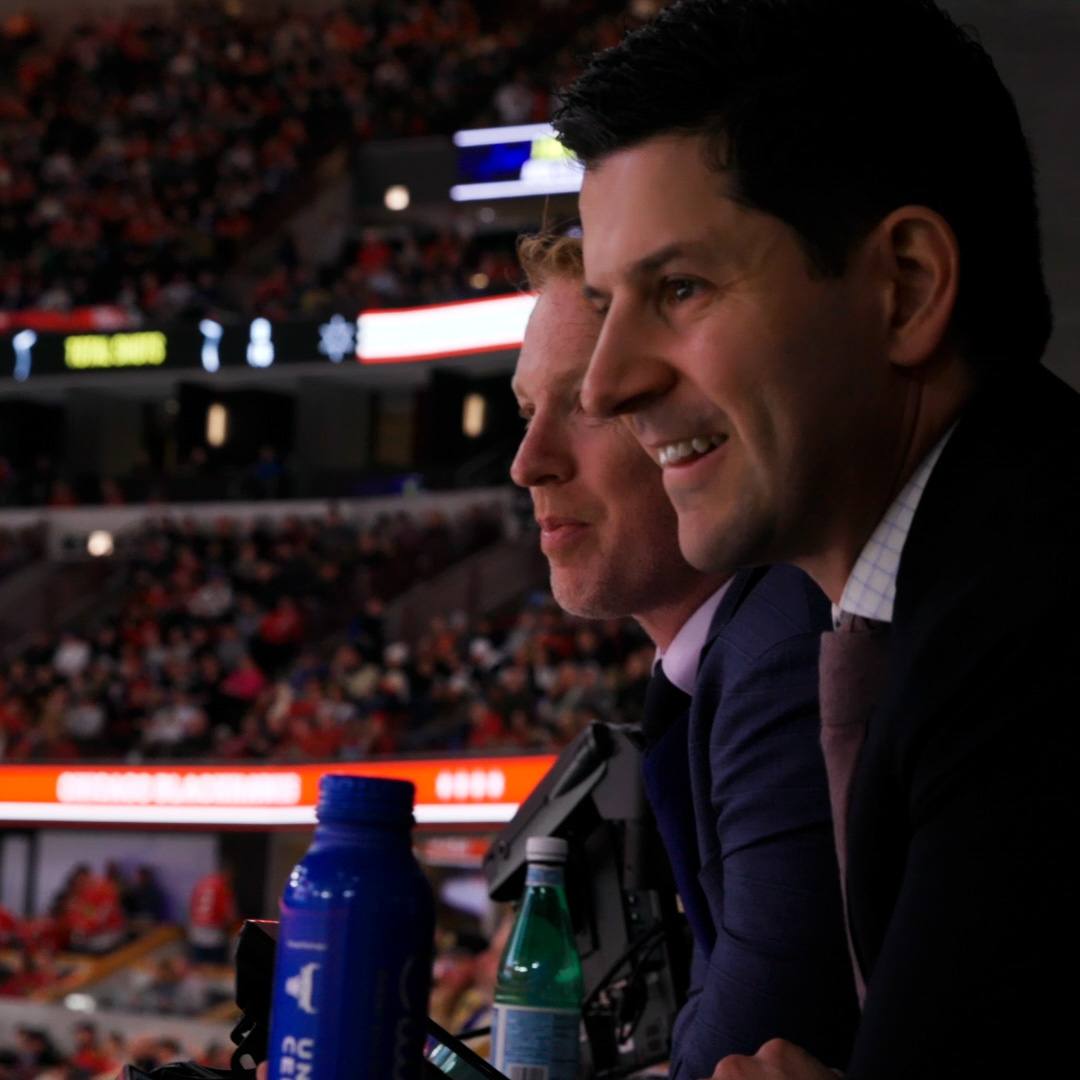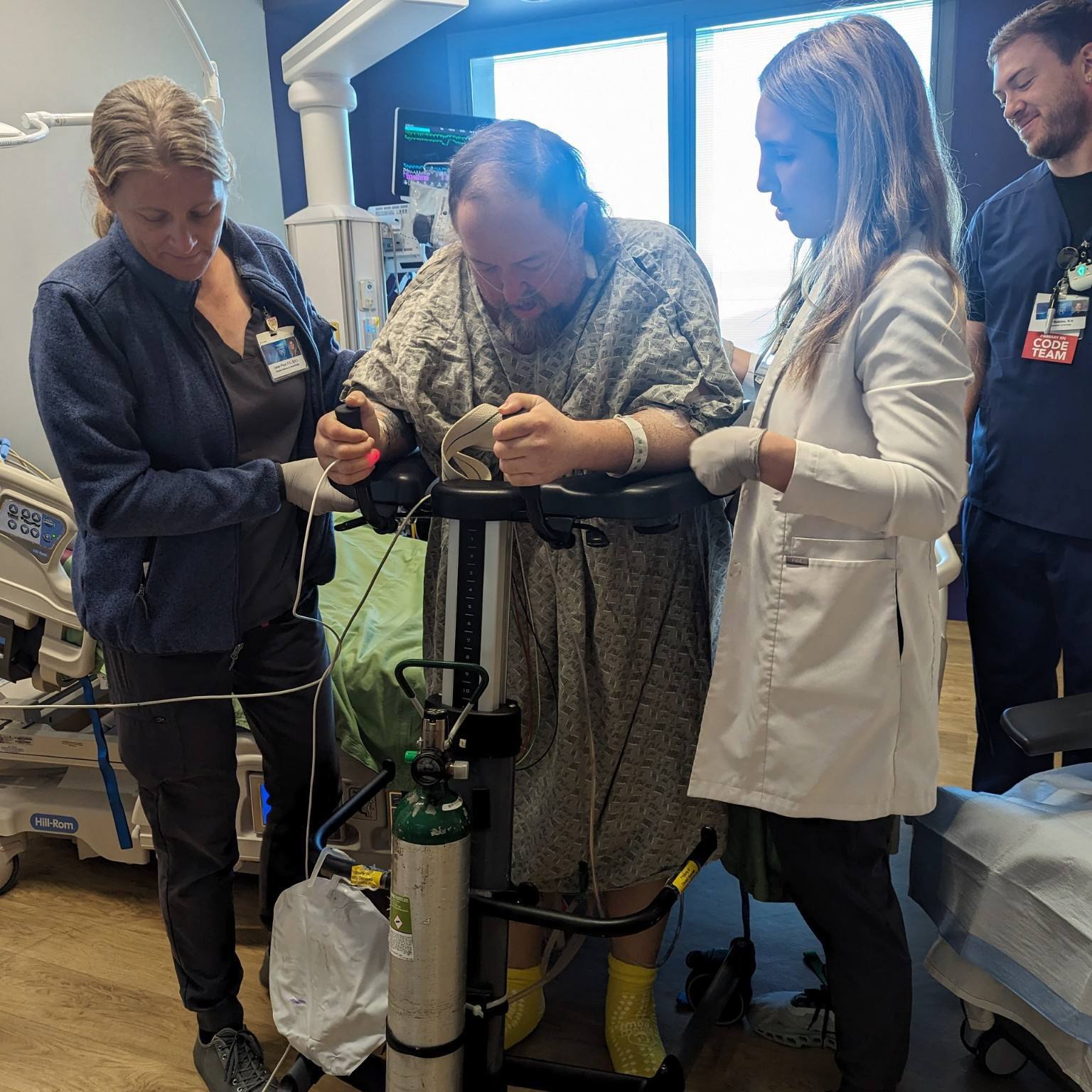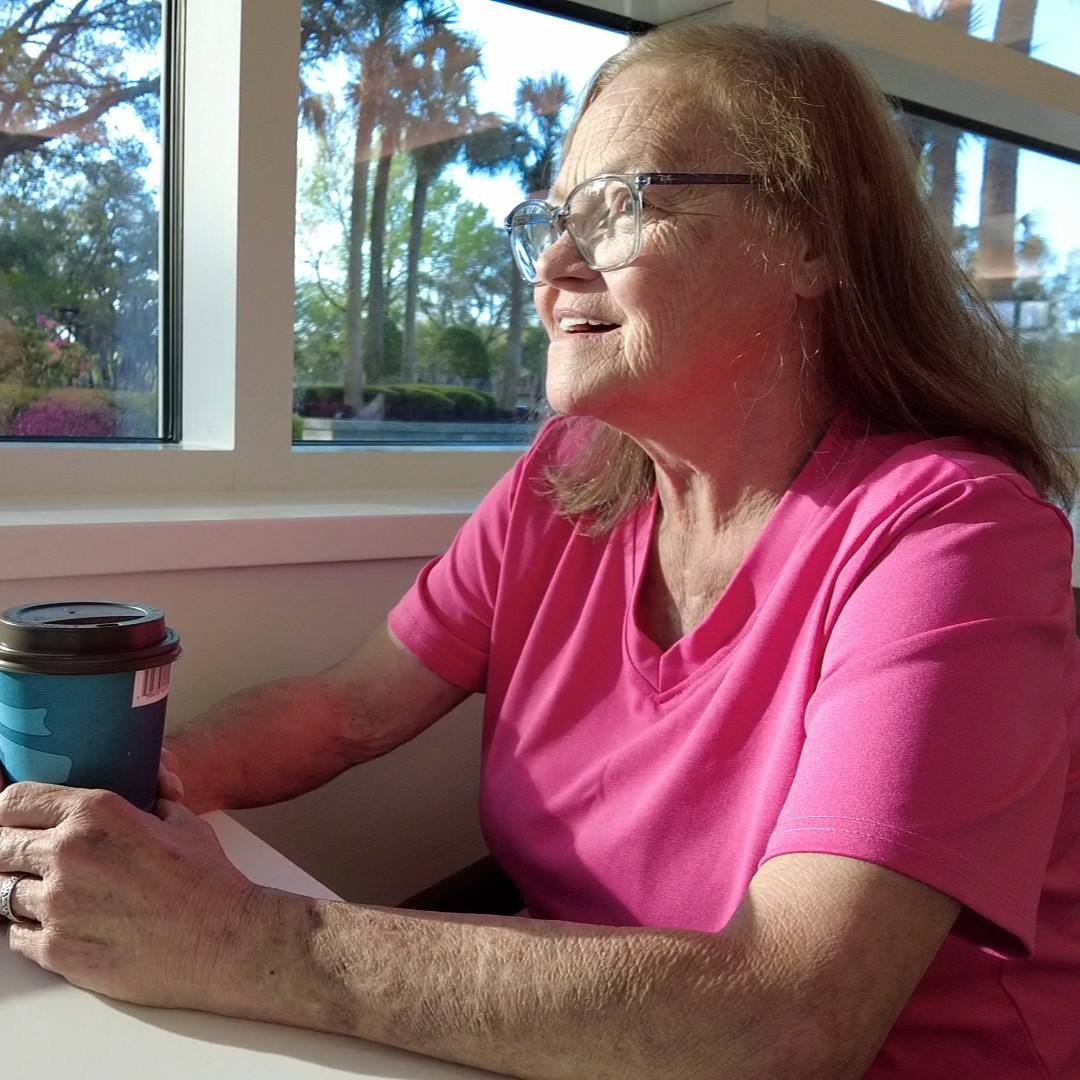Kari Ulrich, a patient with Fibromuscular Dysplasia (FMD), shares her story of struggles before and after being diagnosed with FMD in 2007.
Kari writes:
"Looking back to my early twenties, I suspected that the symptoms I was experiencing were not something every twenty year old faced. I always looked healthy on the outside. I was judged by my appearance, not on the symptoms that I was describing to my health care provider. I had been diagnosed with hypertension at a young age, but was never worked up for the cause. I suffered from a multitude of connective tissue symptoms, and abdominal pain but no one was able to put the pieces of the puzzle together.
Almost 2 decades later at age 39, through a coordinated evaluation at Mayo Clinic I finally had the answers to what had been causing my symptoms.
In July 2006 I started running. My long runs were 10-13 miles. I was training for a half marathon. In the spring of 2007 I felt short of breath going up stairs, could not run the distance I use to. I went from running 10-13 miles to being able to run only a mile. I developed palpitations, and felt very dizzy just sitting at my computer. I also had a very loud swooshing in my ears. I saw a cardiologist for my frequent PVC's and he heard bruits in my carotid, epigastric, renal and femoral arteries.
What started out as exercise intolerance turned into something more serious.
In April of 2007 I was diagnosed with a rare vascular disease called Fibromuscular Dysplasia with brain aneurysms. My FMD affects several of my vascular beds. The arteries that supply my kidneys are affected causing high blood pressure. The arteries supplying my carotid arteries are also affected causing neck pain, headaches, dizziness and a loud swooshing sound in my ears. For many FMD is an invisible illness, which makes getting a diagnosis even more of a challenge for physicians.
My abdominal pain was caused by stenosis of my celiac artery secondary to median arcuate ligament syndrome (MALS). For many years I had symptoms of weight loss, nausea, and food avoidance. The pain at times was so severe that I would forgo eating meals with my family. Mayo Clinic took the time to put the pieces of the puzzle together. I underwent a cath angiogram where my FMD was confirmed and MALS was diagnosed. In August of 2009 I went through a celiac bypass and bovine patch to my hepatic artery for treatment of MALS.
My quality of life is better because of my team of physicians at Mayo Clinic. I believe that Mayo Clinic’s team approach to health care has prevented me from having a stroke or dissection. I am grateful for the care I received at Mayo Clinic, they continue to monitor my health and allow me to actively participate in my care. "
Related Diseases
Related Departments
Related Articles







